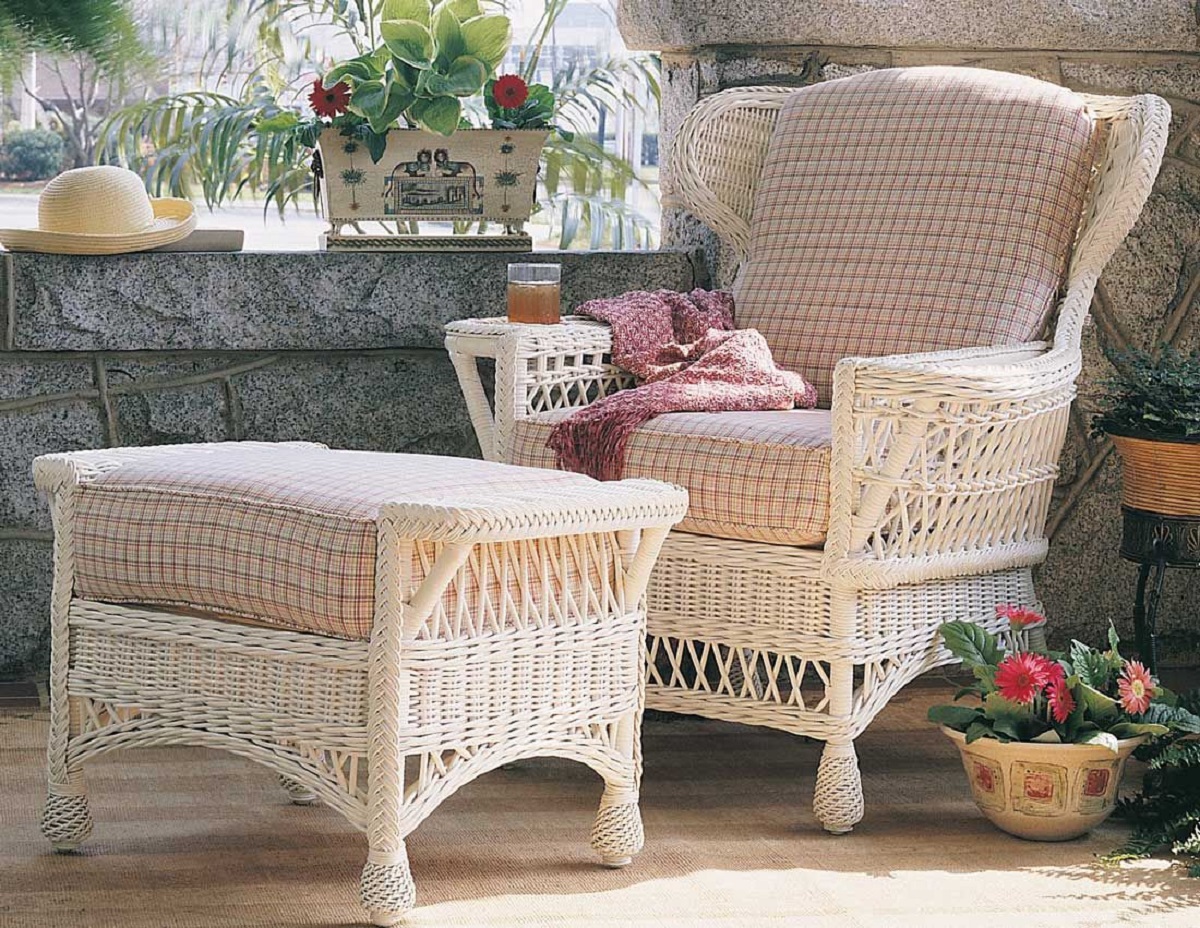

Articles
How To Identify Vintage Wicker Furniture
Modified: January 7, 2024
Learn how to easily identify vintage wicker furniture with our comprehensive guide. Discover the key characteristics that make these timeless pieces of FURNITURE unique and valuable.
(Many of the links in this article redirect to a specific reviewed product. Your purchase of these products through affiliate links helps to generate commission for Storables.com, at no extra cost. Learn more)
Introduction
Are you a fan of vintage furniture? Do you appreciate the beauty and craftsmanship of well-made pieces from the past? If so, then vintage wicker furniture might catch your eye. Wicker furniture has been around for centuries and has found its way into many homes, gardens, and even outdoor spaces. The intricate weaving, natural fibers, and timeless charm of vintage wicker furniture make it a sought-after collectible for furniture enthusiasts.
In this article, we will delve into the world of vintage wicker furniture and explore how to identify and appreciate these timeless pieces of art. We will discuss the types of wicker materials used, provide tips on identifying authentic vintage wicker furniture, guide you through assessing their condition, introduce you to popular vintage wicker furniture brands, and offer insights into their value, pricing, and care. Whether you are a seasoned collector or a novice furniture enthusiast, this article will provide you with the knowledge and tips to navigate the world of vintage wicker furniture.
Before we dive into the specifics, let’s first define what vintage wicker furniture is and understand its appeal. Vintage wicker furniture refers to pieces that were made between the late 19th century and the mid-20th century. It is characterized by its use of natural materials such as rattan, reed, or cane, which are woven together to create the furniture’s structures and patterns.
Many people are drawn to vintage wicker furniture because of its unique aesthetic. The intricate weaving patterns and organic materials used give it a rustic, bohemian, or coastal feel, making it a perfect addition to various design styles. Vintage wicker furniture also exudes a sense of nostalgia and history, as each piece carries the marks of time and tells a story of its own.
Another reason why vintage wicker furniture is highly sought after is its durability. Despite its delicate appearance, well-made vintage wicker furniture can withstand the test of time. The natural fibers used in their construction make them resilient and perfect for both indoor and outdoor settings.
Now that we understand the appeal of vintage wicker furniture, let’s move on to exploring the different types of wicker materials commonly used in its construction.
Key Takeaways:
- Vintage wicker furniture, made from natural materials like rattan and reed, exudes timeless charm and durability, making it a sought-after collectible for furniture enthusiasts and a perfect addition to various design styles.
- Identifying authentic vintage wicker furniture involves examining construction, materials, and design, while assessing its condition is crucial for making a wise investment and gauging future care and maintenance needs.
What is Vintage Wicker Furniture?
Vintage wicker furniture refers to furniture pieces made from woven natural materials such as rattan, reed, or cane. It is typically associated with the period between the late 19th century and the mid-20th century. The term “wicker” derives from the Middle English word “wiker,” which means “to bend.” This refers to the technique of weaving flexible materials into intricate patterns to create the structure of the furniture.
Wicker furniture gained popularity during the Victorian era when it became fashionable to bring elements of the outdoors into the interior spaces of homes. The lightweight nature and natural aesthetic of wicker made it an ideal choice for both indoor and outdoor settings. Throughout the years, wicker furniture has evolved in style and construction, with different regions and cultures adding their own unique twists to the craft.
One of the key features of vintage wicker furniture is its intricate weaving patterns. Skilled artisans would weave natural materials together to create intricate designs and motifs. The weaving process involved bending and manipulating the materials to create the desired shape and structure. These unique patterns and designs are what make vintage wicker furniture so visually appealing and highly valued today.
In addition to its aesthetic appeal, vintage wicker furniture is also known for its durability. The natural materials used in its construction, such as rattan, reed, or cane, are not only flexible but also strong and resilient. This makes vintage wicker furniture suitable for both indoor and outdoor use, as it can withstand the elements to a certain extent.
Moreover, vintage wicker furniture offers versatility in terms of style and function. From rocking chairs to dining sets, sofas to plant stands, vintage wicker furniture can be found in a wide range of forms and designs. Whether you prefer a romantic Victorian-inspired piece or a sleek Mid-Century Modern design, there is a vintage wicker furniture piece out there to suit your taste and complement your interior or outdoor space.
With the growing interest in sustainable and eco-friendly choices, vintage wicker furniture has gained even more popularity in recent years. By purchasing and using vintage wicker furniture, you are not only adding a unique piece of history to your home but also contributing to the reuse and repurposing of materials, reducing the demand for new furniture production.
Now that we have a better understanding of what vintage wicker furniture is and its appeal, let’s explore the different types of wicker materials used in its construction.
Types of Wicker Materials Used in Vintage Furniture
Vintage wicker furniture is known for its use of natural materials that are skillfully woven together. The choice of wicker material can greatly influence the overall look, durability, and functionality of the furniture piece. Here are some of the commonly used wicker materials found in vintage furniture:
- Rattan: Rattan is a vine-like plant that is native to tropical regions, particularly Southeast Asia. It is one of the most popular materials used in vintage wicker furniture due to its flexibility, strength, and durability. Rattan is lightweight and easy to work with, allowing artisans to create intricate weaving patterns. Its natural golden color adds warmth and charm to the furniture piece.
- Reed: Reed is a versatile material commonly used in the construction of vintage wicker furniture. It is derived from the core of the rattan plant, making it sturdier and more resilient than other types of wicker materials. Reed is known for its smooth surface and light color, adding a clean and fresh look to the furniture.
- Cane: Cane is derived from the outer bark of the rattan plant and is often used to create the intricate patterns seen in vintage wicker furniture. It is a popular choice due to its strength and flexibility. Cane furniture features a classic and refined look with its pale golden hue.
- Bamboo: While not technically a wicker material, bamboo is sometimes used in the construction of vintage wicker furniture. Bamboo is a fast-growing grass that offers strength, durability, and an exotic appearance. Bamboo furniture brings a unique aesthetic and adds an element of sustainability to the vintage wicker furniture piece.
- Willow: Willow is another natural material used in vintage wicker furniture, particularly in traditional English designs. Its slender and flexible branches are woven together to form intricate patterns. Willow furniture often features a pale golden color and has a rustic and charming look.
Each wicker material has its own unique characteristics, which contribute to the overall look and feel of the vintage wicker furniture piece. When identifying and appreciating vintage wicker furniture, it is essential to understand the type of wicker material used and its impact on the furniture’s appearance and durability.
Now that we have explored the different types of wicker materials, let’s move on to discovering how to identify authentic vintage wicker furniture.
Identifying Authentic Vintage Wicker Furniture
When it comes to vintage wicker furniture, there are a few key factors to consider when trying to determine its authenticity. Here are some tips to help you identify authentic vintage wicker furniture:
- Construction and Weaving Technique: Examine the construction and weaving technique of the piece. Authentic vintage wicker furniture is often handcrafted and showcases intricate weaving patterns. Look for tightly woven strands, uniformity in the weaving, and attention to detail. Handcrafted furniture may have imperfections and slight variations, which add to its charm and authenticity.
- Materials Used: Pay attention to the materials used. Vintage wicker furniture is typically made from natural materials such as rattan, reed, cane, bamboo, or willow. Avoid pieces made from synthetic materials, as they are not true vintage wicker furniture.
- Age and Patina: Authentic vintage wicker furniture carries the signs of age and use. Look for subtle signs of wear, such as fading, patina, or discoloration in the finish. These aging characteristics contribute to the authenticity and charm of the piece.
- Labels and Maker’s Marks: Check for any labels or maker’s marks on the furniture. Vintage wicker furniture from reputable manufacturers often includes a label or stamp indicating the brand, designer, or place of origin. Research these markings to verify their authenticity and significance.
- Style and Design: Consider the style and design of the furniture. Vintage wicker furniture reflects the trends and design aesthetics of its time. Familiarize yourself with popular vintage wicker furniture styles such as Victorian, Art Deco, or Mid-Century Modern, and look for characteristic design elements and motifs.
- Provenance and Documentation: If possible, try to obtain any documentation or provenance associated with the piece. This could include receipts, certificates of authenticity, or historical records that trace the ownership or history of the furniture.
It is important to note that while these tips can help you identify authentic vintage wicker furniture, it is always recommended to consult with experts or do thorough research to ensure your purchase is genuine.
Now that we have covered how to identify authentic vintage wicker furniture, let’s move on to assessing the condition of these beautiful pieces.
Assessing the Condition of Vintage Wicker Furniture
When considering the purchase of vintage wicker furniture, it is essential to assess its condition to ensure you are making a wise investment. Here are some key factors to consider when assessing the condition of vintage wicker furniture:
- Weaving Integrity: Inspect the integrity of the woven structure. Look for any loose or broken strands, unraveling weaving, or signs of damage. A well-maintained vintage wicker furniture piece should have tight and secure weaving.
- Strength and Stability: Check the overall strength and stability of the piece. Sit or gently apply pressure to test for any wobbling or weakness in the frame. A sturdy frame is vital for ensuring the longevity and functionality of the furniture.
- Surface Condition: Examine the surface condition of the wicker. Look for any signs of wear, discoloration, or damage. Small nicks and scratches are common in vintage pieces, but major structural damage or significant discoloration may affect both the aesthetics and durability of the furniture.
- Cushions and Upholstery: If the vintage wicker furniture has cushions or upholstery, inspect them carefully. Check for any tears, stains, or signs of deterioration. Replacement cushions or reupholstery can be costly, so it’s important to factor in the condition of these elements when assessing the overall value of the piece.
- Presence of Pests or Mold: Check for any signs of pests, such as insects or rodents, or the presence of mold or mildew. These issues can significantly compromise the integrity and health of the furniture. Avoid purchasing furniture with these problems, as they can be difficult and costly to rectify.
- Functionality: Test the functionality of any moving parts, such as drawers, doors, or reclining mechanisms if applicable. Ensure they operate smoothly and without any issues.
It is worth noting that some signs of wear and tear are expected in vintage wicker furniture. However, extensive damage or structural issues may require significant repairs, which can impact the value and usability of the piece. It is important to consider the cost and feasibility of repairs when assessing the overall condition and value of vintage wicker furniture.
By carefully assessing the condition of vintage wicker furniture, you can determine whether it is a worthwhile investment and gauge the level of care and maintenance it may require in the future.
Now that we have covered assessing the condition of vintage wicker furniture, let’s delve into popular brands of vintage wicker furniture.
Look for signs of wear and tear, such as patina, discoloration, and fraying on the wicker. Vintage wicker furniture often has a more natural and aged appearance compared to newer pieces.
Popular Brands of Vintage Wicker Furniture
When it comes to vintage wicker furniture, there are several notable brands that have made their mark in the industry. These brands are known for their quality craftsmanship, unique designs, and contribution to the world of wicker furniture. Here are some popular brands of vintage wicker furniture:
- Heywood-Wakefield: Heywood-Wakefield is a renowned American furniture manufacturer that produced vintage wicker furniture during the early to mid-20th century. Known for their streamlined and modern designs, Heywood-Wakefield pieces often feature clean lines, light finishes, and a mid-century aesthetic.
- Lloyd Loom: Lloyd Loom is a British brand that gained popularity for its innovative woven furniture made from twisted craft paper. The unique manufacturing process creates a durable and flexible material that resembles wicker. Lloyd Loom furniture is often characterized by its timeless designs and elegant curves.
- Victorian-era Manufacturers: During the Victorian era, many manufacturers produced exquisite wicker furniture. Some notable brands include Cyrus Wakefield, John Henry Belter, and the Wakefield Rattan Company. These manufacturers were known for their intricate weaving patterns, ornate designs, and attention to detail.
- McGuire Furniture: McGuire Furniture is a well-known American brand that has been producing high-quality wicker furniture since the mid-20th century. Their pieces feature durable rattan frames combined with luxurious upholstery, creating a blend of comfort and style.
- Ficks Reed: Ficks Reed is a well-respected American brand that has been manufacturing wicker furniture since the late 19th century. Their vintage wicker furniture often showcases traditional and tropical designs, with a focus on classic shapes and natural materials.
These are just a few examples of the popular brands that have left a lasting impact on the world of vintage wicker furniture. Each brand has its own distinct style and craftsmanship, showcasing the versatility and timeless appeal of vintage wicker furniture.
When purchasing vintage wicker furniture, keep in mind that not all pieces may have a brand or maker’s mark. Some vintage wicker furniture may be unmarked or produced by smaller, lesser-known manufacturers. Nonetheless, the absence of a brand does not diminish the value or beauty of the furniture.
Now that we have explored popular brands of vintage wicker furniture, let’s discuss the value and pricing of these coveted pieces.
Value and Pricing of Vintage Wicker Furniture
The value and pricing of vintage wicker furniture can vary depending on a range of factors, including the brand, condition, rarity, and demand. Here are some key points to consider when assessing the value and pricing of vintage wicker furniture:
- Brand and Maker: Vintage wicker furniture from well-known and reputable brands or manufacturers tends to have higher value and pricing. Brands like Heywood-Wakefield, Lloyd Loom, and McGuire Furniture are often sought after by collectors and enthusiasts, commanding a premium price.
- Condition: The condition of the vintage wicker furniture greatly influences its value. Pieces in excellent condition with minimal wear, intact weaving, and well-preserved surfaces are generally more valuable. While minor cosmetic imperfections are expected in vintage furniture, extensive damage or structural issues can significantly affect its value.
- Rarity: The rarity of a vintage wicker furniture piece can also impact its value. Limited edition designs, unusual patterns, or unique features can make a piece more desirable and valuable to collectors. Rare vintage wicker furniture from specific time periods or styles may command higher prices due to its scarcity.
- Demand and Trends: The demand for vintage wicker furniture can fluctuate based on current trends and design preferences. Certain styles may be more popular at different times, influencing the pricing of specific vintage pieces. Additionally, the overall demand for vintage wicker furniture in the market can impact its value.
- Market Conditions: As with any collectible market, the value and pricing of vintage wicker furniture can be influenced by the broader market conditions. Factors such as the economy, supply and demand, and the availability of similar pieces can affect prices in the vintage furniture market.
- Provenance and Historical Significance: Vintage wicker furniture with notable provenance, such as a connection to a famous designer or historical event, may have increased value and pricing. Pieces with documented history or ties to significant cultural movements can be highly sought after by collectors.
When determining the value and pricing of vintage wicker furniture, it is crucial to research and educate yourself on similar pieces in the market. Look for comparable sales, consult with experts, and consider factors specific to the piece you are interested in.
Keep in mind that the value of vintage wicker furniture can be subjective and can vary based on personal preference and individual buyers. Ultimately, the worth of a piece is determined by what someone is willing to pay for it.
Now that we have discussed the value and pricing of vintage wicker furniture, let’s move on to the crucial topic of care and maintenance.
Care and Maintenance of Vintage Wicker Furniture
To preserve the beauty and longevity of your vintage wicker furniture, proper care and maintenance are essential. Here are some tips to help you care for and maintain your vintage wicker furniture:
- Regular Cleaning: Dust and debris can accumulate on the surface of vintage wicker furniture, so regular cleaning is necessary. Use a soft brush or cloth to remove loose dirt and dust. For deeper cleaning, you can mix mild soap or detergent with warm water and gently scrub the furniture. Avoid using harsh chemicals or abrasive cleaners, as they can damage the wicker material.
- Protection from the Elements: Although vintage wicker furniture can withstand some exposure to the elements, it is best to protect it from prolonged exposure to direct sunlight, rain, and extreme temperatures. If used outdoors, consider placing the furniture in a covered or shaded area to prevent fading or damage. Applying a protective sealant or wax can help enhance the furniture’s resistance to moisture and UV rays.
- Cushion Care: If your vintage wicker furniture has cushions or upholstery, proper care is crucial. Follow the manufacturer’s instructions for cleaning and maintenance. Ensure that the cushions are protected from moisture and are regularly cleaned to prevent mold or mildew growth.
- Preventing Damage: Take precautions to prevent damage to your vintage wicker furniture. Avoid placing heavy objects on the furniture that could cause the weaving to loosen or break. Be mindful of sharp objects that can snag or tear the wicker. Use coasters or protective pads to prevent scratches or staining from glasses or hot objects.
- Repair and Restoration: If you notice any loose weaving or minor damage, address it promptly to prevent further deterioration. You can find DIY wicker repair kits or seek professional restoration services to mend or replace damaged areas. Regular maintenance and repairs can help preserve the structural integrity and appearance of your vintage wicker furniture.
- Storage: If you need to store your vintage wicker furniture, choose a clean and dry area with proper ventilation. Before storing, clean the furniture thoroughly and ensure it is completely dry to prevent mold or mildew. Cover the furniture with breathable material, such as a cotton sheet, to protect it from dust and pests.
By following these care tips and providing regular maintenance, you can extend the lifespan of your vintage wicker furniture and enjoy its timeless beauty for years to come.
Now that we have covered the essential care and maintenance aspects, let’s conclude our exploration of vintage wicker furniture.
Conclusion
Vintage wicker furniture holds a special place in the world of furniture design and craftsmanship. Its intricate weaving patterns, natural materials, and timeless charm make it a sought-after choice for collectors, enthusiasts, and those who appreciate the beauty of well-made pieces from the past.
In this article, we have explored the world of vintage wicker furniture, from its definition to the types of wicker materials used in its construction. We discussed how to identify authentic vintage wicker furniture, including examining the construction, materials, and design. We also covered the importance of assessing the condition of vintage wicker furniture and provided tips on how to do so effectively. Furthermore, we introduced several popular brands known for their contribution to vintage wicker furniture, highlighted the factors that influence its value and pricing, and offered guidelines on how to care for and maintain these beloved pieces.
Vintage wicker furniture is more than just functional seating or decor; it is a piece of history and art that adds character and warmth to any space. Whether you are a seasoned collector or a novice furniture enthusiast, understanding the nuances of vintage wicker furniture can enhance your appreciation and enable you to make informed decisions when acquiring or caring for these cherished pieces.
Remember, each vintage wicker furniture piece has a story to tell, and by preserving and enjoying these beautiful creations, we become part of that narrative. So, whether you come across a Victorian-era chair, a Mid-Century Modern lounge set, or a unique Lloyd Loom creation, embrace the beauty, craftsmanship, and timelessness of vintage wicker furniture.
With proper care and appreciation, vintage wicker furniture can continue to grace our living spaces, gardens, and outdoor areas for generations to come, serving as a reminder of the artistry and skill of the craftsmen who created them.
Frequently Asked Questions about How To Identify Vintage Wicker Furniture
Was this page helpful?
At Storables.com, we guarantee accurate and reliable information. Our content, validated by Expert Board Contributors, is crafted following stringent Editorial Policies. We're committed to providing you with well-researched, expert-backed insights for all your informational needs.
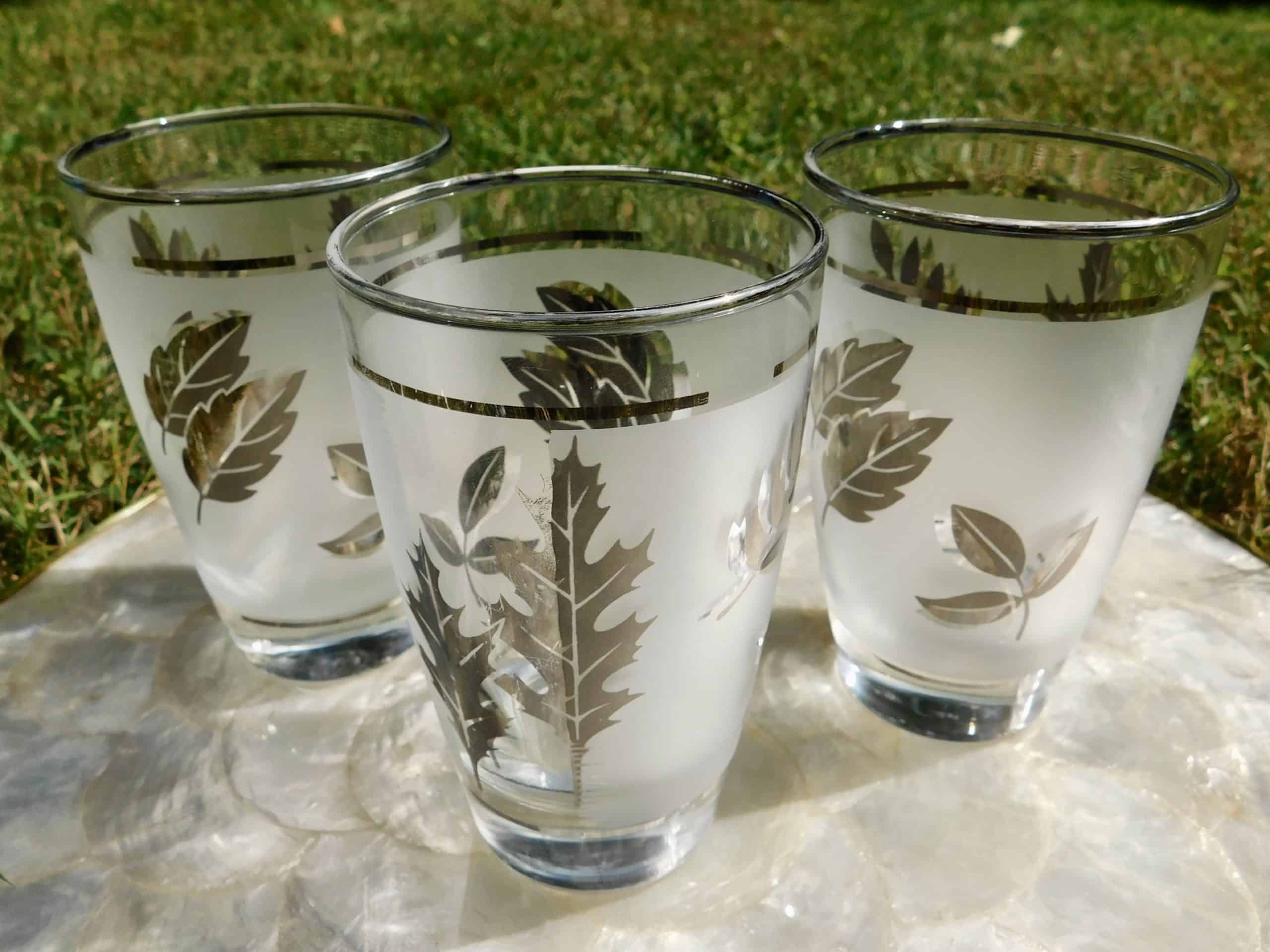
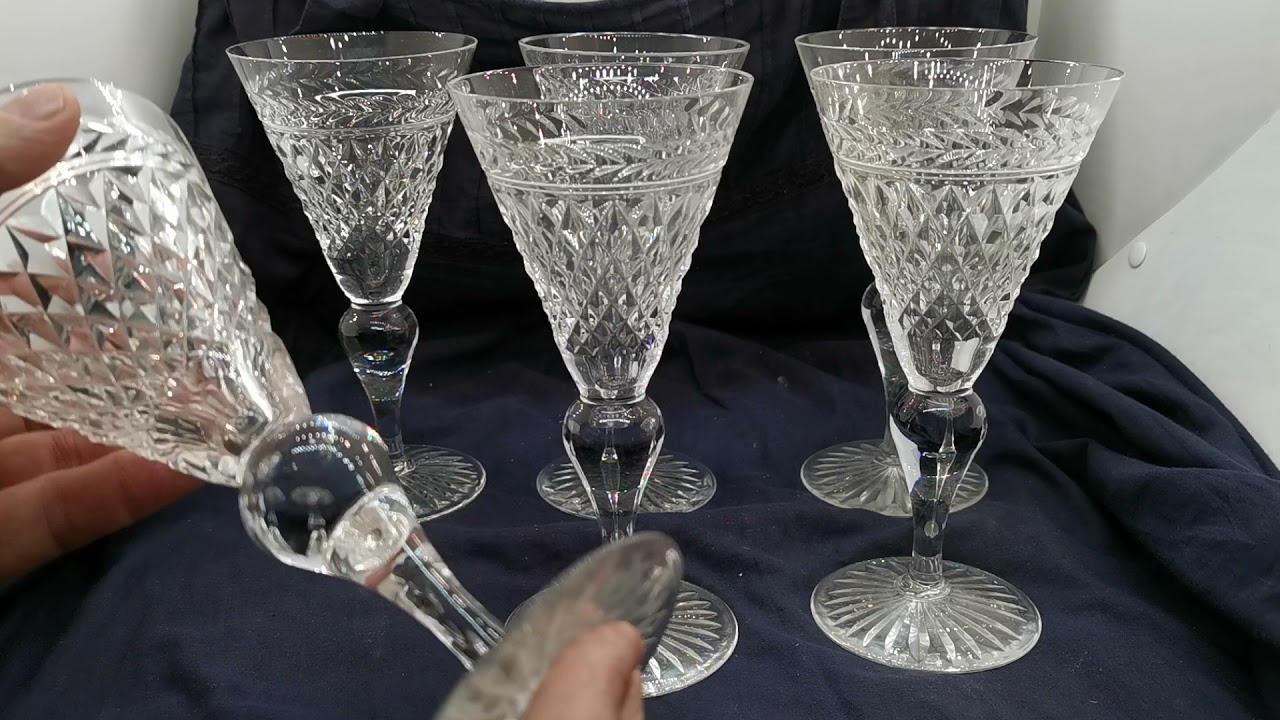
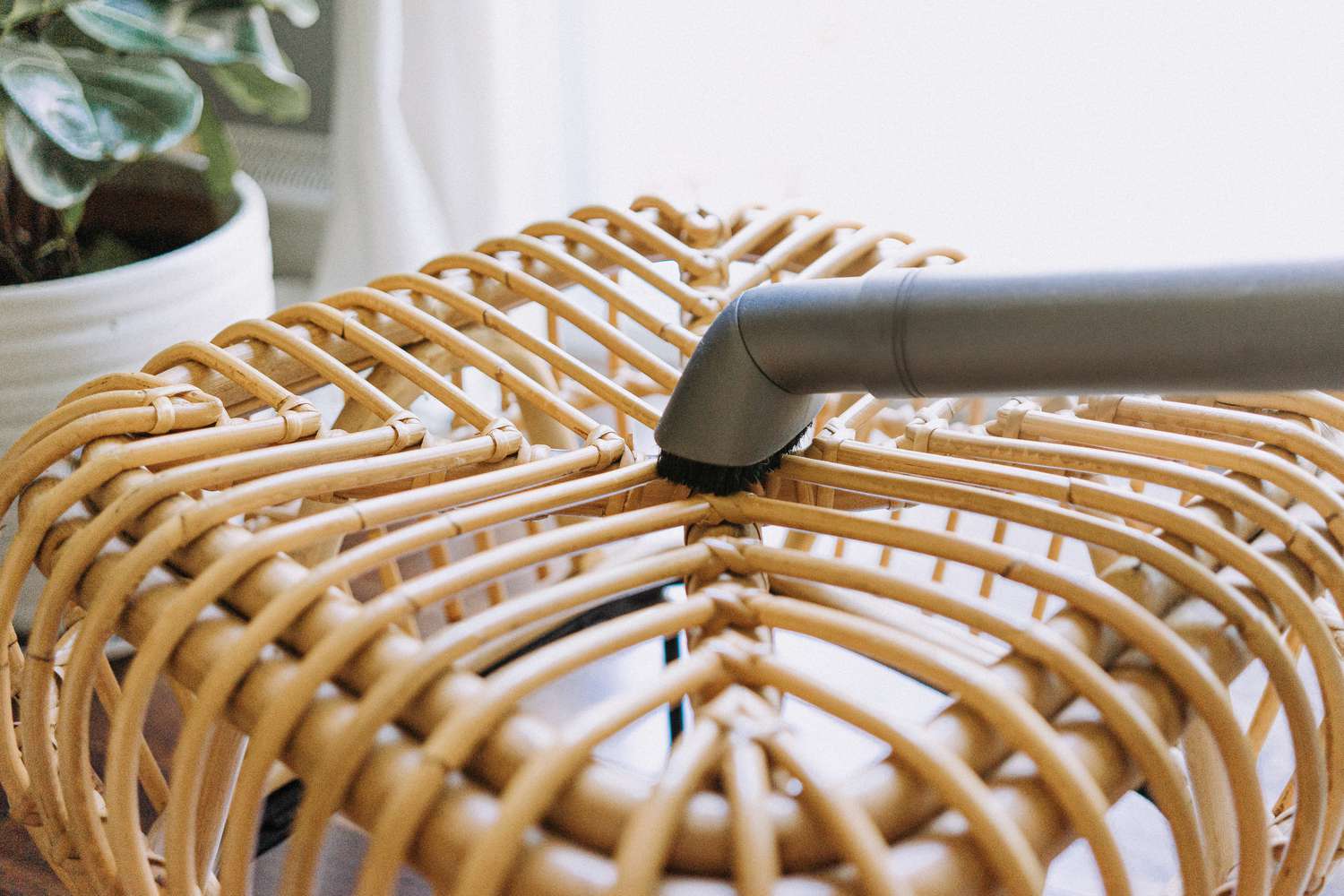
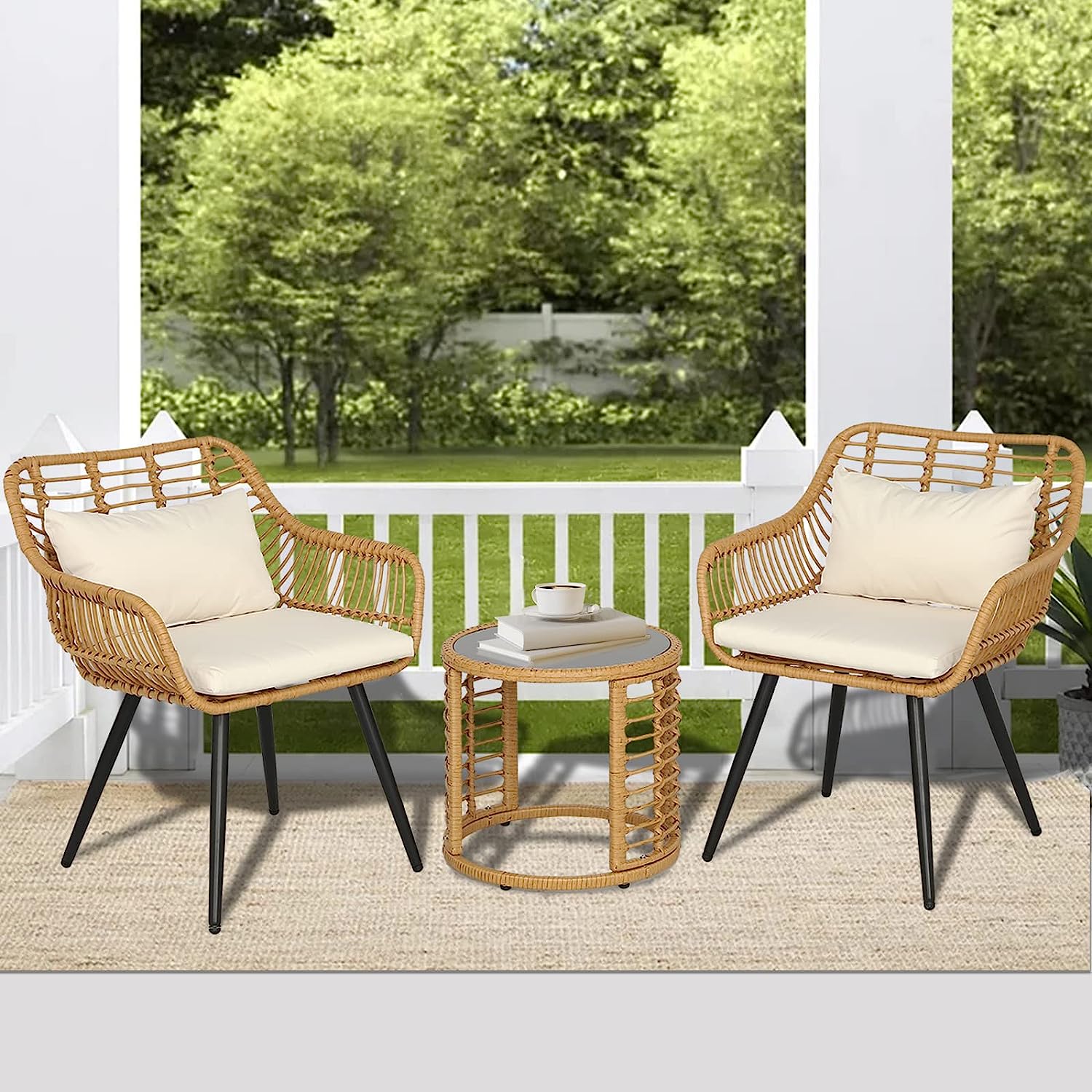
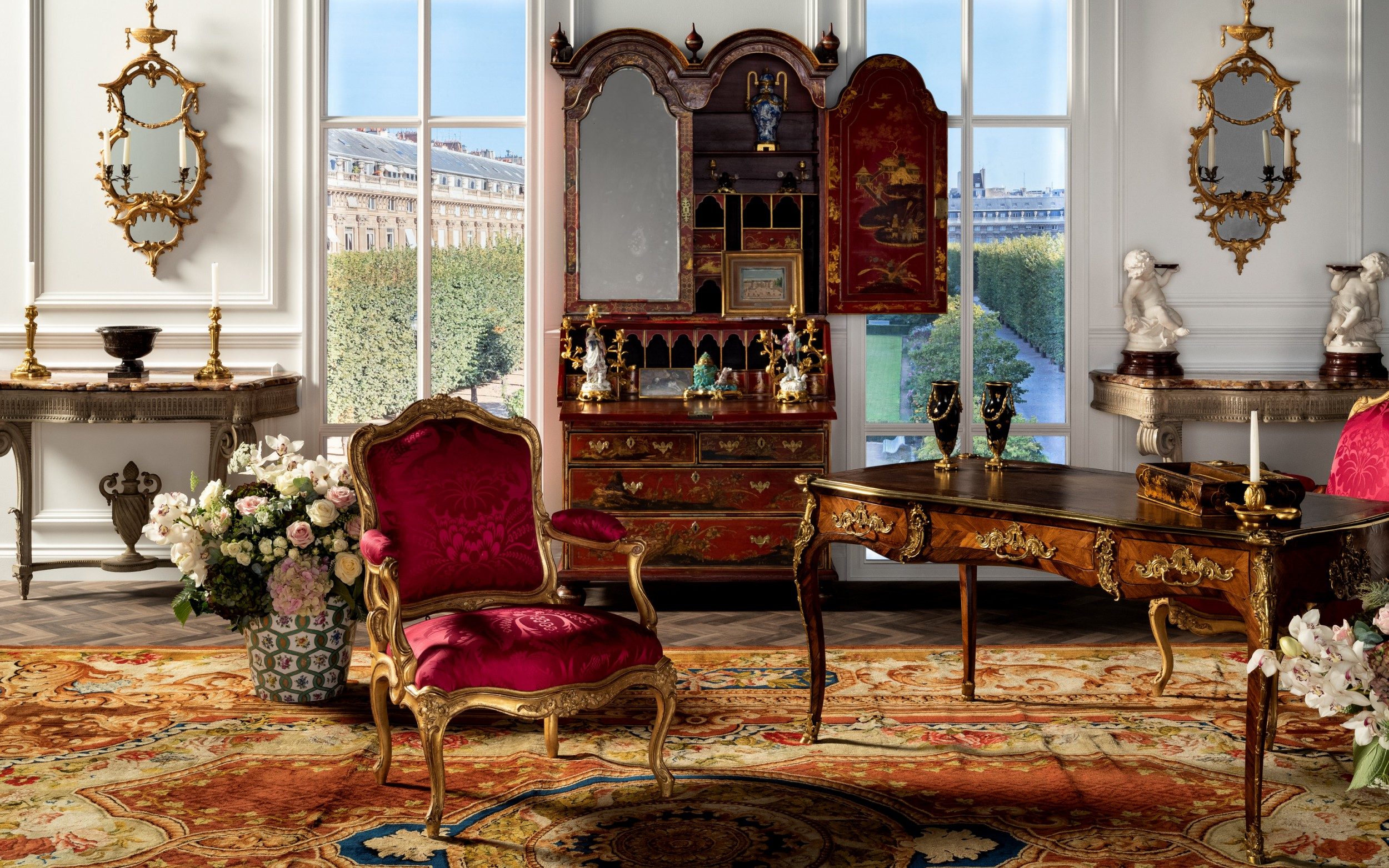
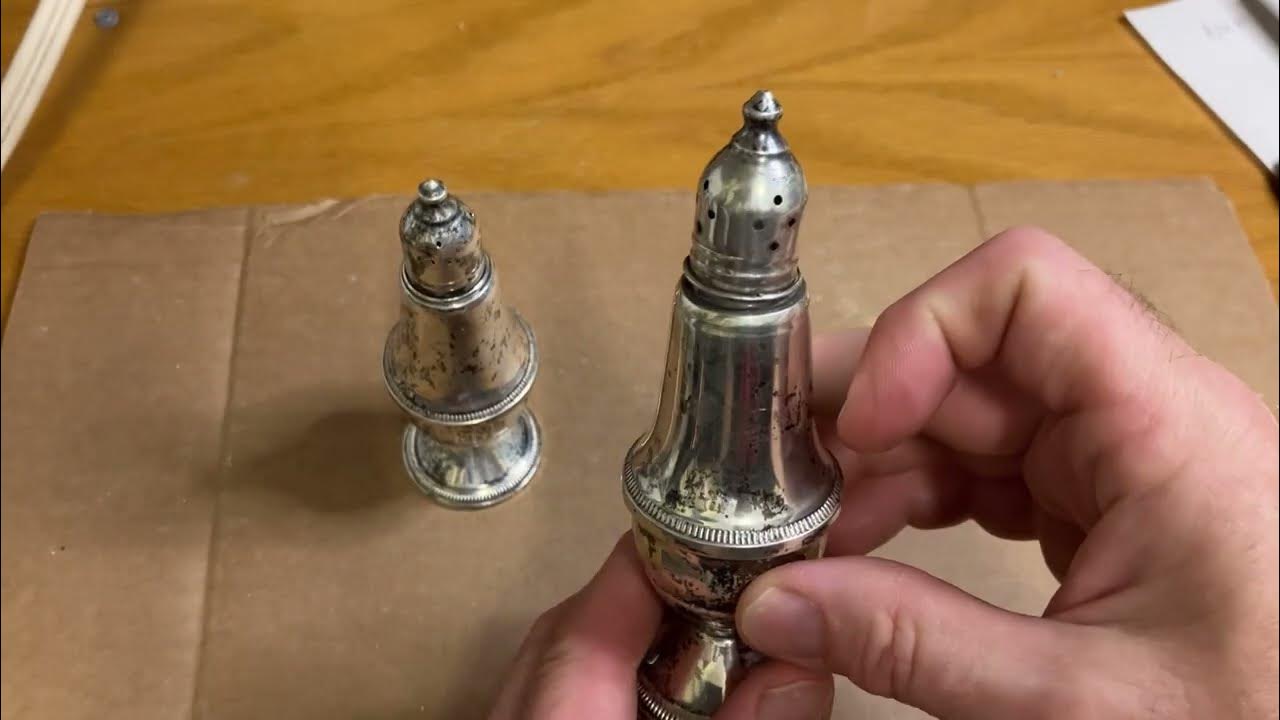
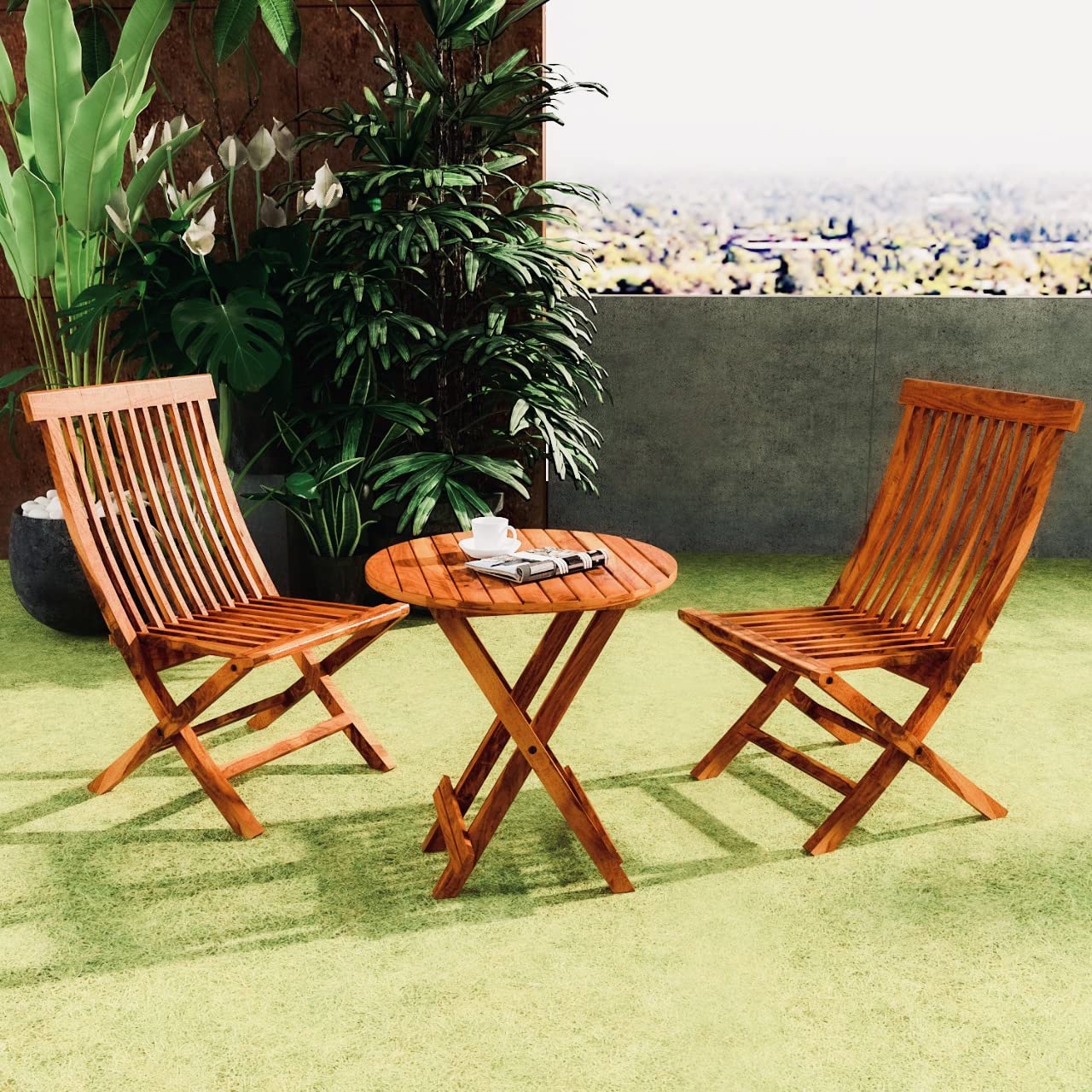
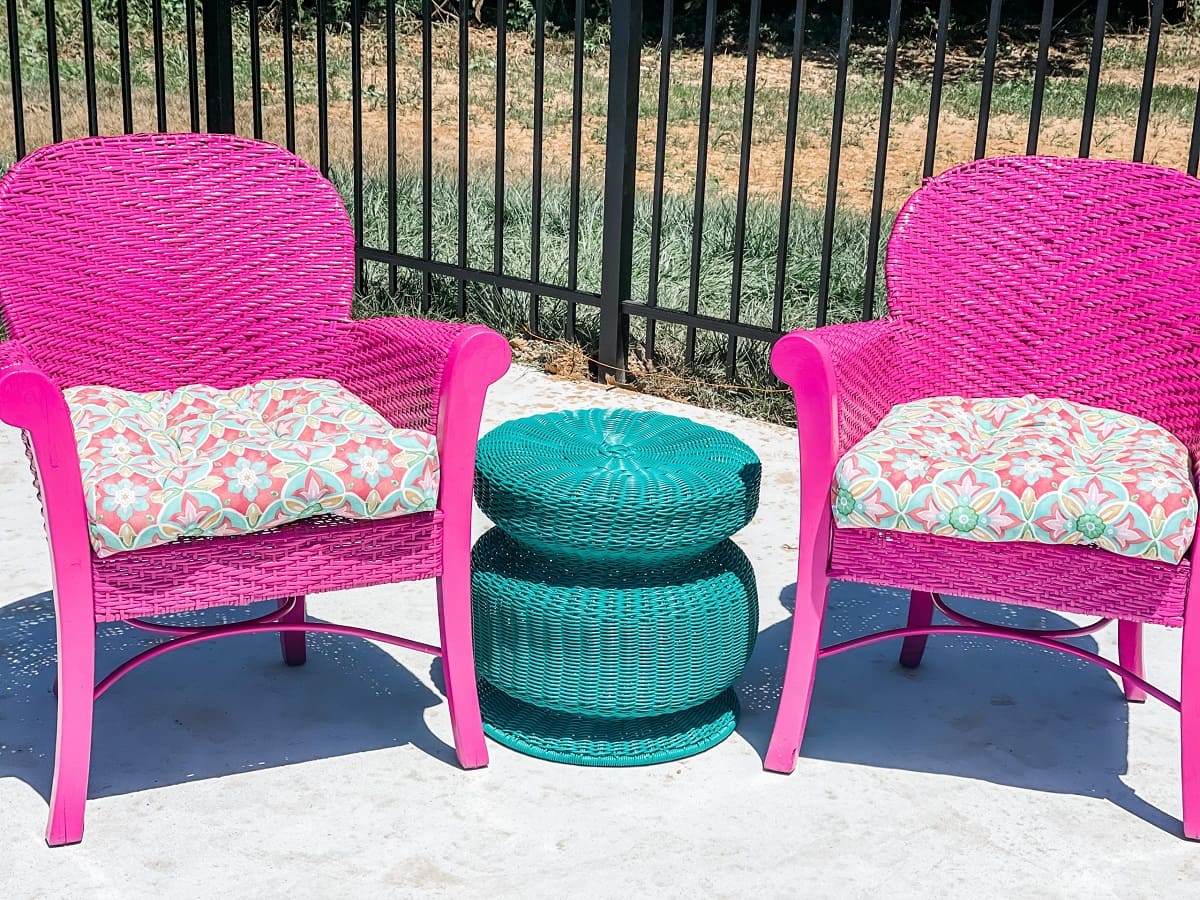
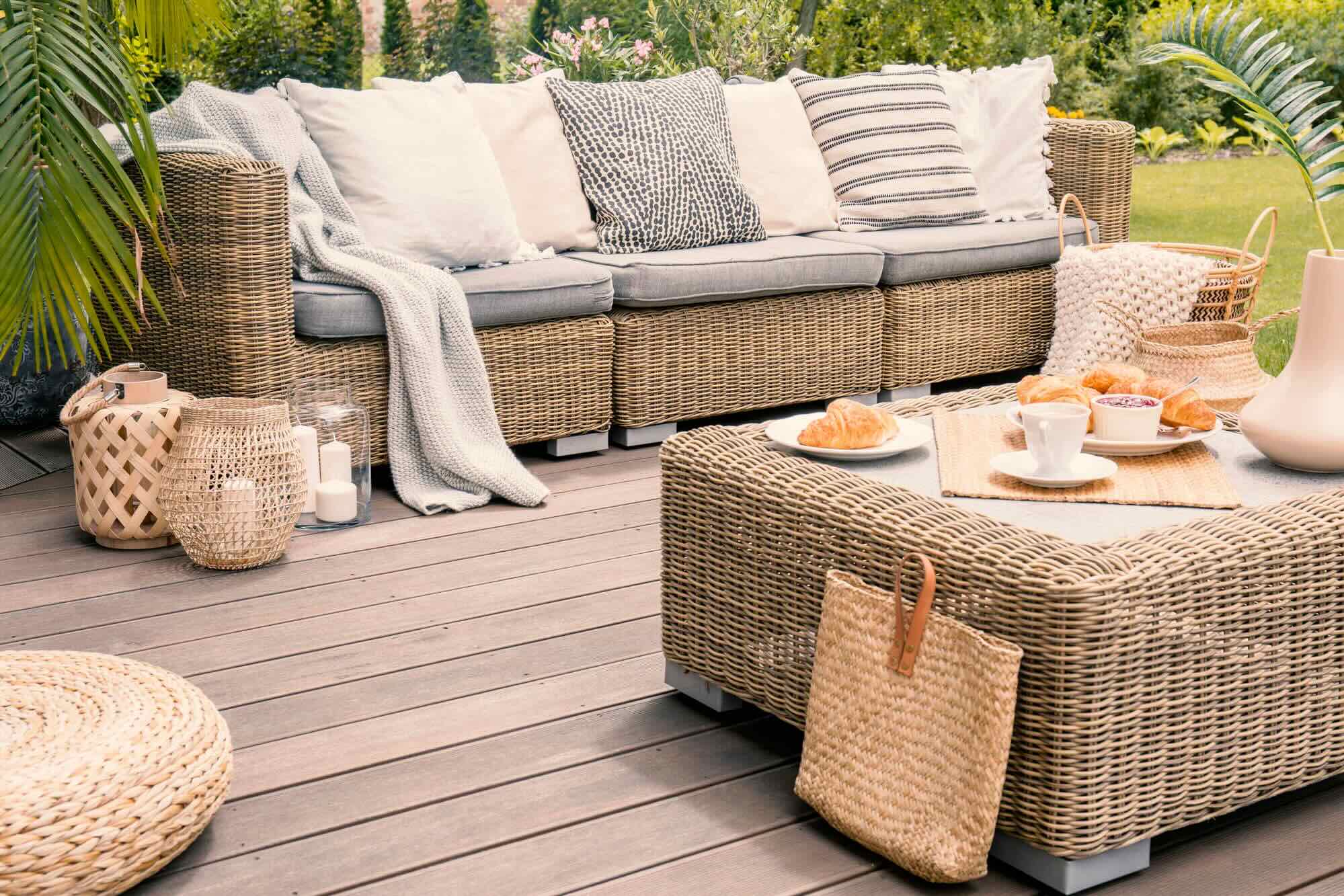
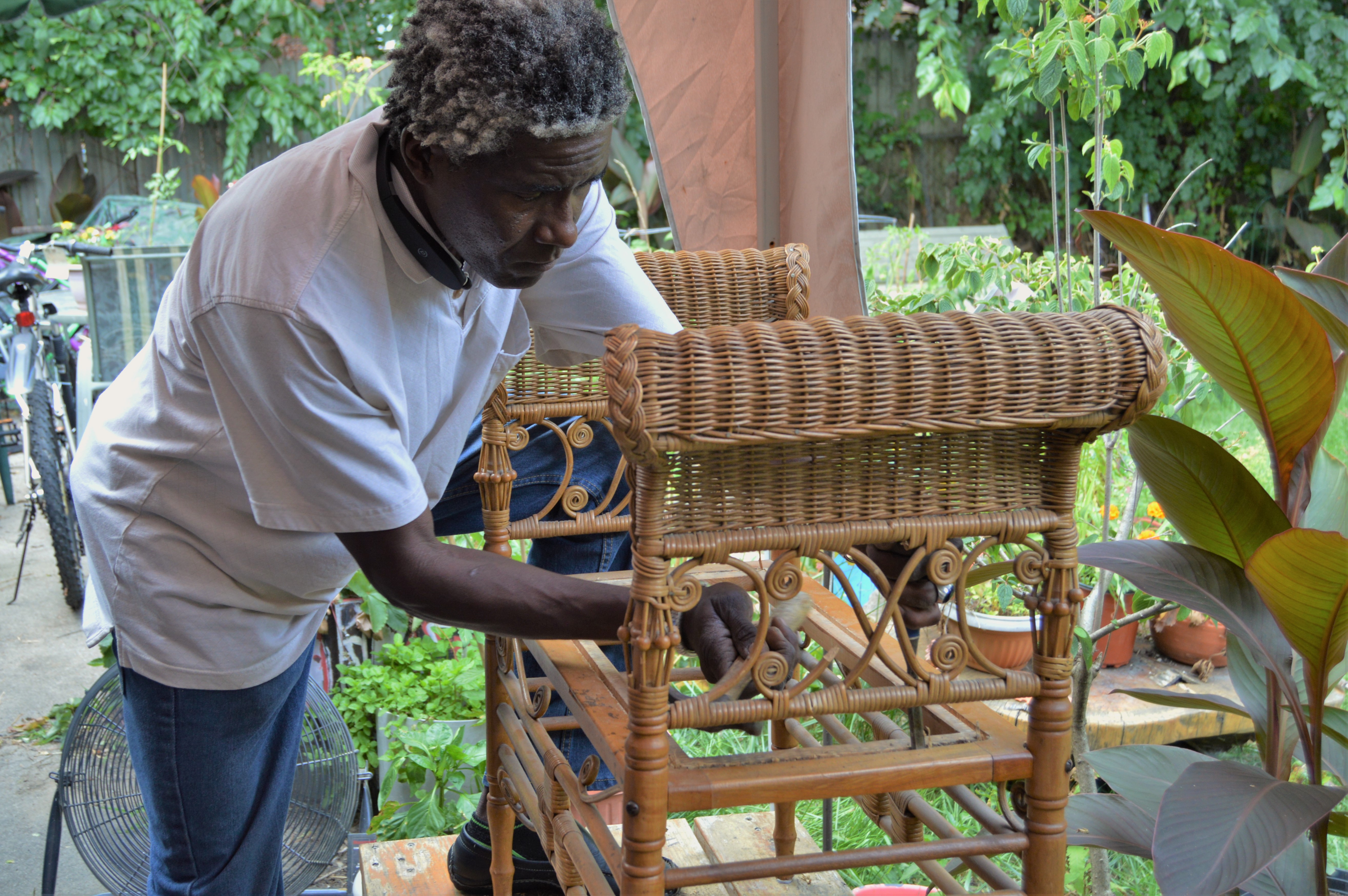
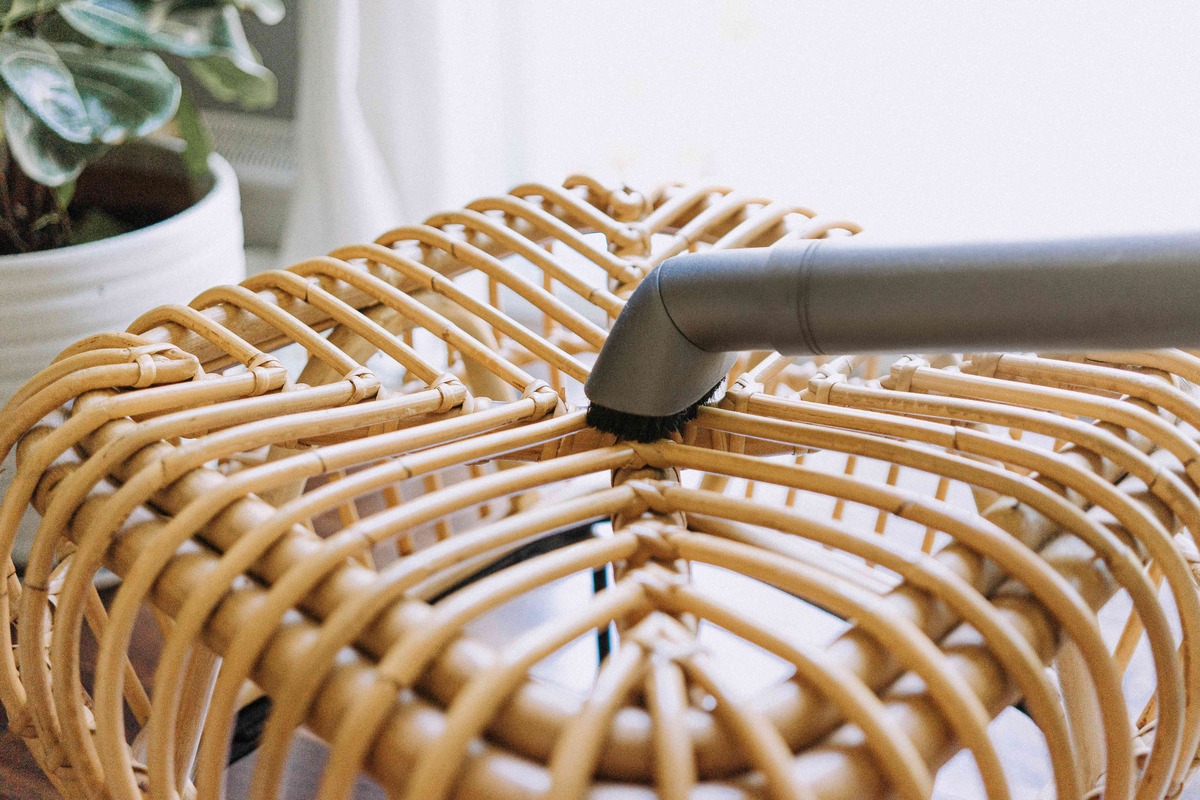
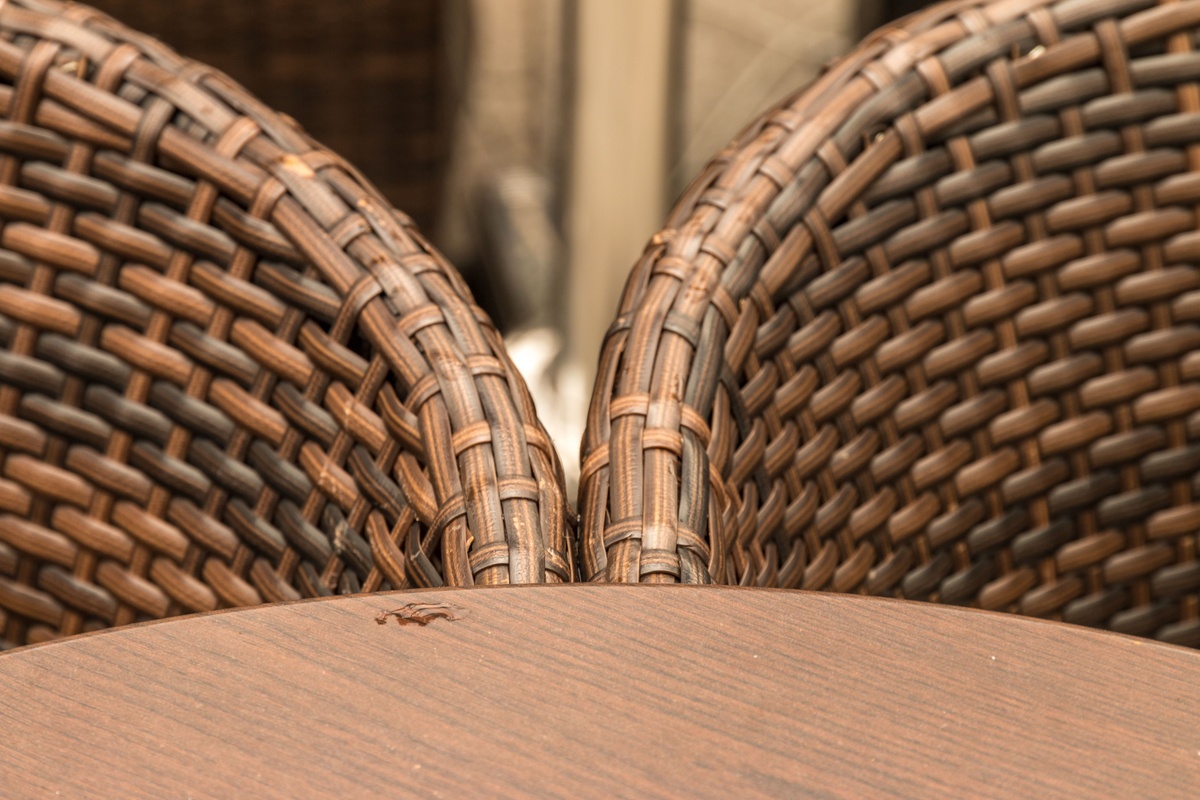
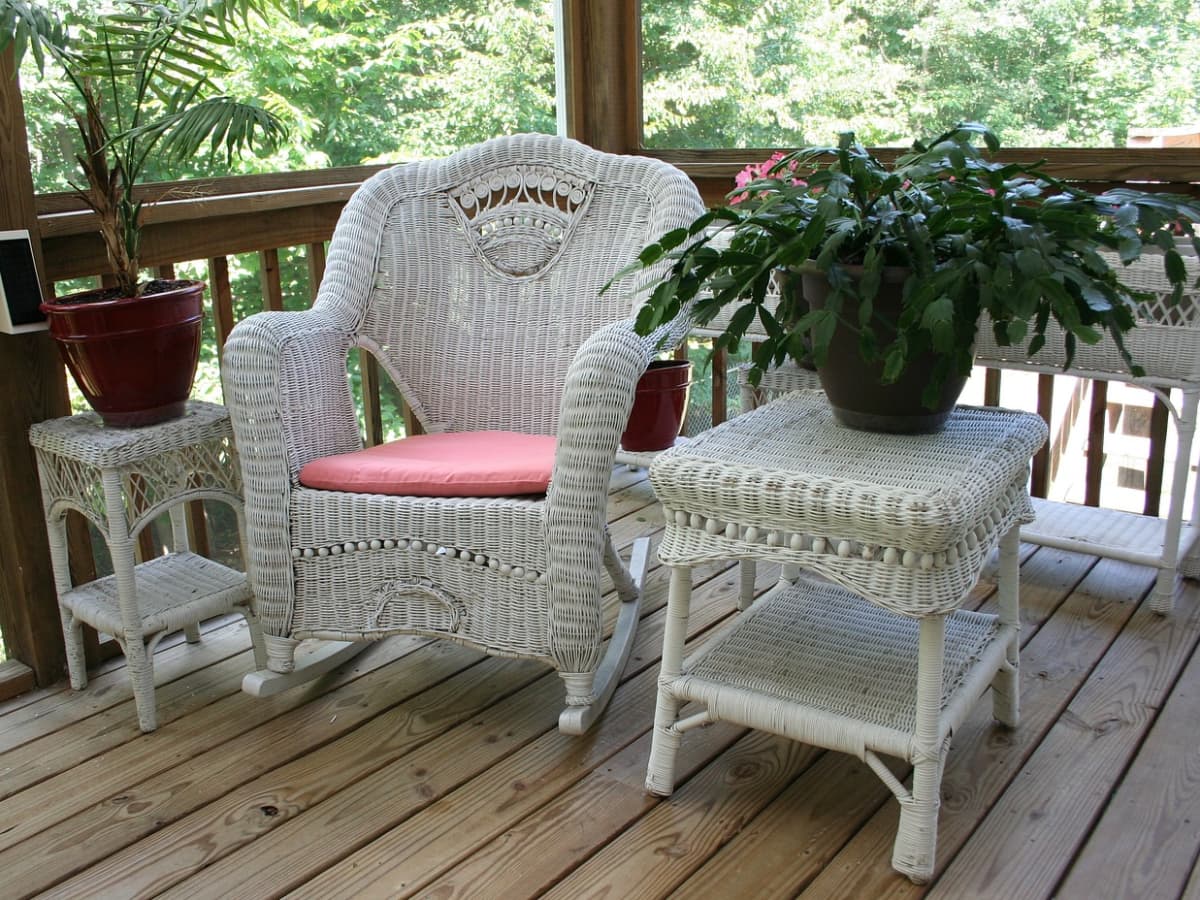
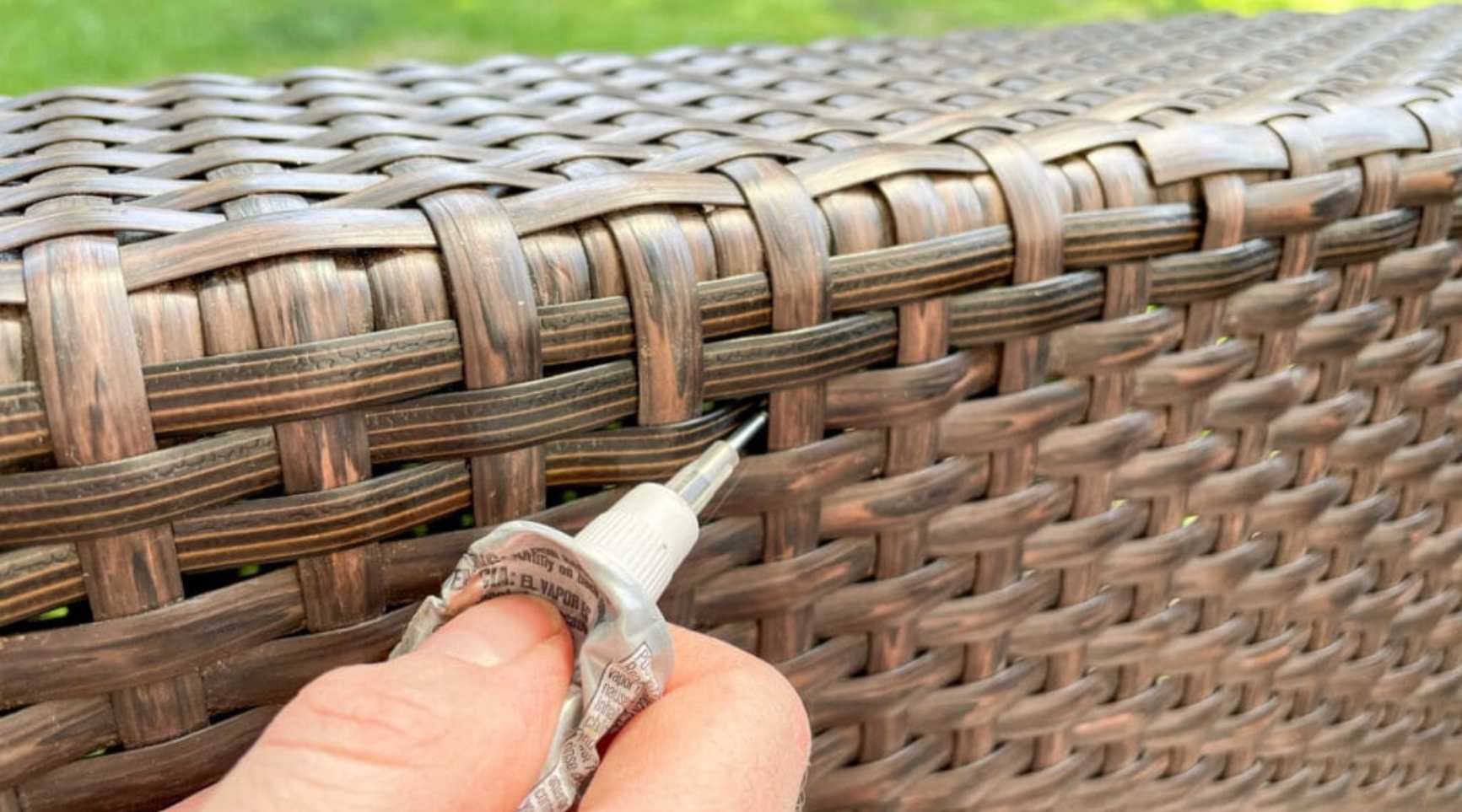

0 thoughts on “How To Identify Vintage Wicker Furniture”